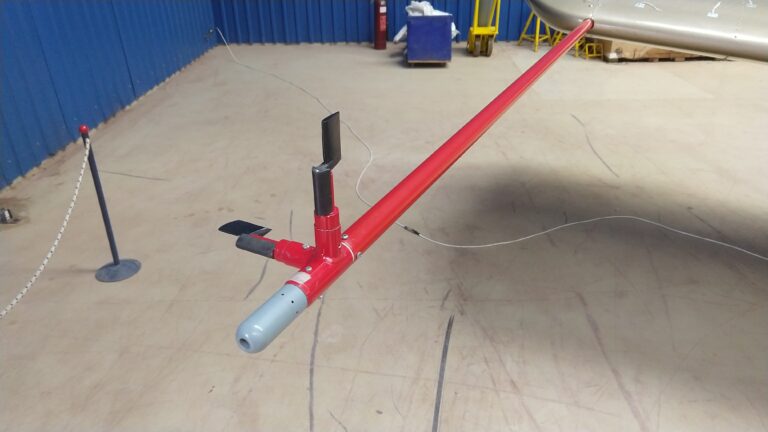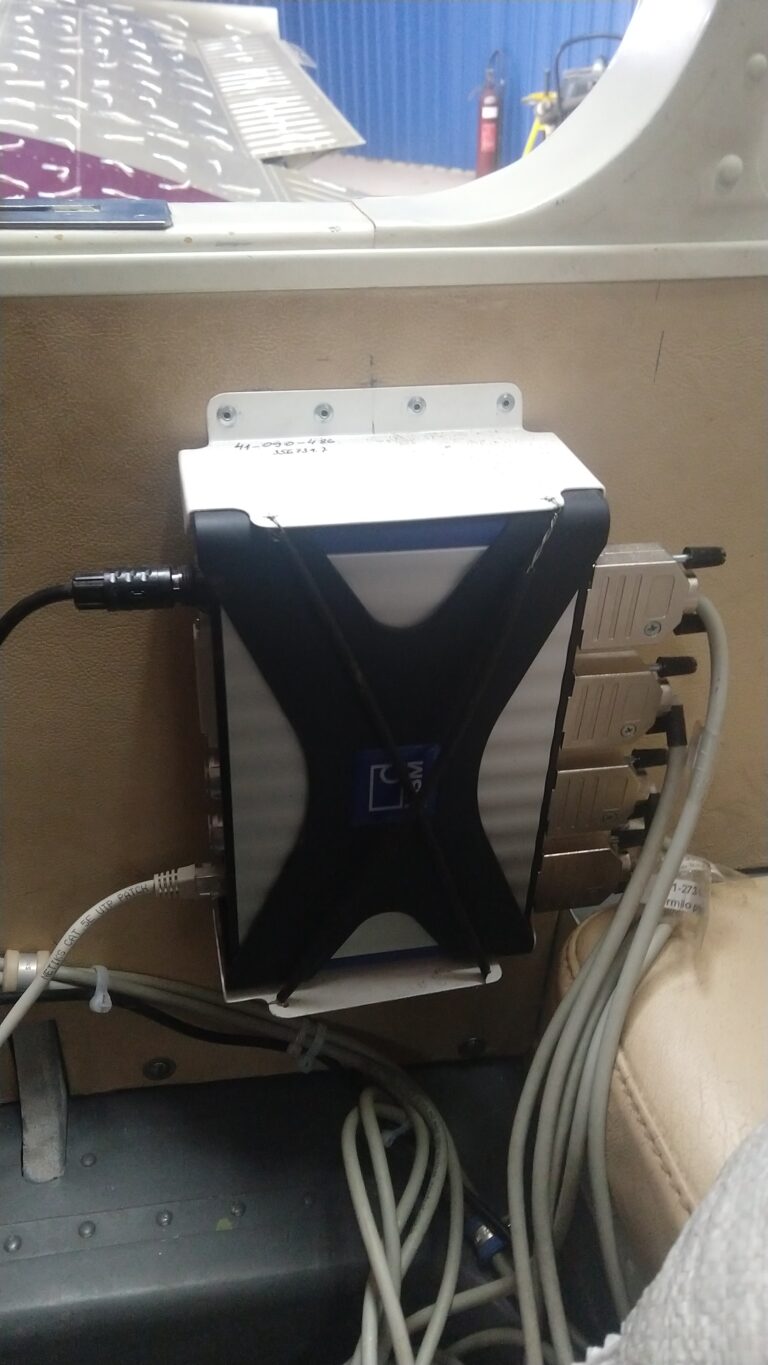Flight testing
The Flight Testing Department is an organization that works within the project organization “Utva Aircraft Industry”. The primary goal of the department is to collect data during the flight of the aircraft and analyze the data to assess the aerodynamic features of the flight, as well as the functions of certain systems in order to validate the project, including safety and environmental protection.
As a part of our assignments, our focus is on testing design solutions and verification, and if there is a certain problem, we search for the causes of the problem, and give recommendations for correction and verification. All the processes are done according to the wishes of the client and in accordance with national regulations.
In-flight testing can be conducted for the purpose of proving and validating individual new solutions or systems on existing aircraft or the complete development and certification of a new project. Accordingly with the assignment, the duration of flight tests can last from several weeks to several years.
The flight test department operates in accordance with national regulations and is in compliance with the regulations determined by EASA, Part21 to be precise.
We collect in-flight parameters with the equipment that we have designed and verified, as well as with the equipment from other manufacturers. A piece of the test-measuring equipment that we designed and verified ourselves is an alpha-beta probe with a pitot probe.
Some of the parameters we collect in the air are:
- Atmospheric static pressure
- Dynamic pressure
- Structural loads
- Aircraft position in the air (angle of attack, sliding angle)
- The six-degree-of-freedom acceleration measured by accelerometers
- Noise level
- Measuring carbon monoxide in the cabin
- Outdoor and indoor temperatures
- Control surfaces eliminations
- Motor controls eliminations
- Motor parameters


Before the maiden flight, the flight test department is responsible for confirming the readiness of the aircraft to perform its first flight by tests on the ground. These ground tests include tests of flight controls, engine operation, stability assessment, and strength. After that, the maiden flight can be performed.
When performing in-flight tests, the following features of the aircraft are assessed:
- Aircraft stability and maneuverability
- Performance testing
- Aeroelastic tests
- Avionic testing
- Testing of all systems
- Measurement of structural loads
In addition to these, our flight testing engineers are also trained to test the behavior of aircraft in critical conditions such as:
- Covite testing
- High speed testing
- Flutter testing